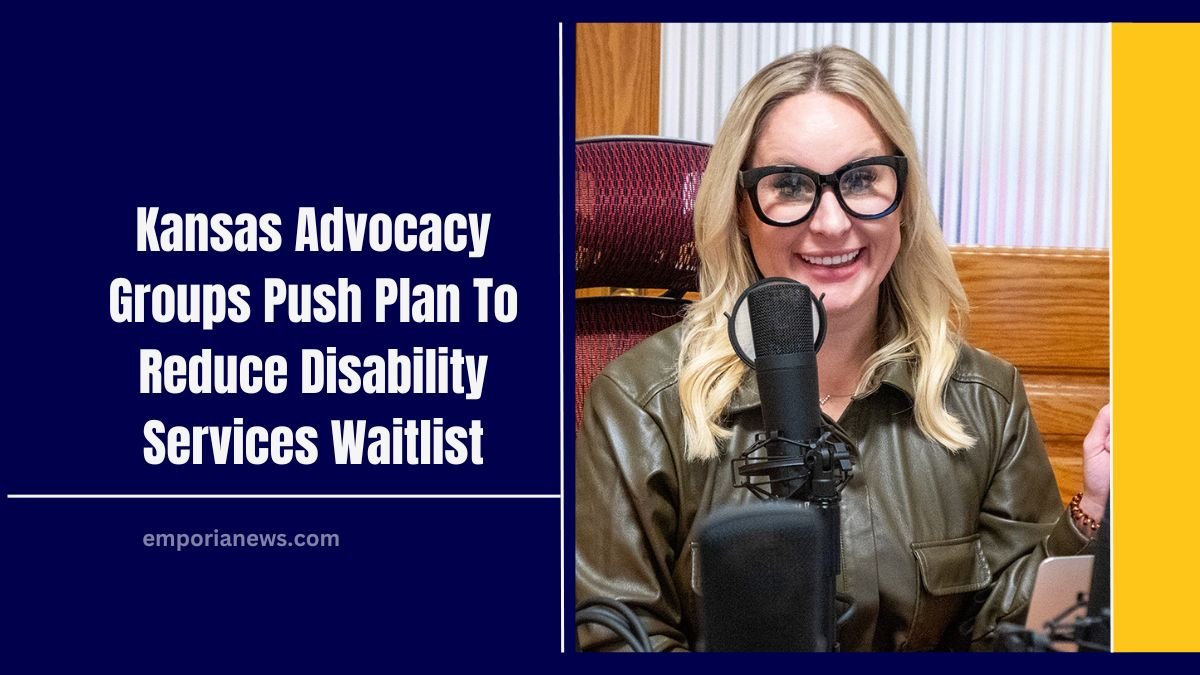Kansas advocacy organizations are actively addressing the extensive waitlist for disability services, particularly for individuals with intellectual and developmental disabilities (IDD).
The Kansas Council on Developmental Disabilities and the Disability Rights Center of Kansas have proposed a comprehensive strategy to reduce and eventually eliminate this waitlist, which currently affects over 4,300 Kansans.
Understanding the IDD Waitlist Crisis
The IDD waitlist in Kansas has seen a significant increase over the past decades:
- Late 1990s: No waitlist
- 2001: Over 500 individuals
- 2004: Exceeding 1,200 individuals
- 2013: Surpassing 3,000 individuals
- 2021: More than 4,500 individuals
This upward trend highlights the growing demand for IDD services and the pressing need for effective solutions.
Proposed Strategy to Address the Waitlist
The advocacy groups have outlined a multi-faceted approach to tackle the waitlist issue:
- Incremental Reduction of the Waitlist: The plan aims to decrease the waitlist by 500 individuals annually. In 2024, a bipartisan effort successfully reduced the list by 500, setting a precedent for future reductions. Continuing this momentum, the goal is to bring the waitlist down to 3,800 by the end of the upcoming year.
- Implementation of a Community Support Waiver (CSW): A significant component of the strategy is the introduction of a CSW, designed to offer a lower-cost alternative to the existing IDD Home and Community-Based Services (HCBS) Waiver. The CSW would provide services such as respite care, personal assistance, supported employment, and assistive technology, promoting greater independence for individuals with disabilities.
- Modernization of Service Delivery Systems: The plan emphasizes the need to move away from segregated service models, such as sheltered workshops, towards integrated, community-based employment opportunities. This shift aligns with federal mandates and focuses on competitive, integrated employment for IDD individuals.
Financial Implications
Implementing this strategy requires a substantial financial commitment. The estimated cost for adding 500 IDD program slots is approximately $13.6 million.
Additionally, developing and rolling out the CSW is projected to cost between $72 million and $149 million, depending on the number of participants and specific services offered.
These investments are crucial for reducing the waitlist and enhancing the quality of life for individuals with disabilities in Kansas.
Challenges and Considerations
Several challenges must be addressed to ensure the success of this initiative:
- Accurate Tracking of the Waitlist: It’s essential to develop a robust system for tracking individuals on the waitlist, including their service needs and timelines. This will enable better planning and resource allocation.
- Provider Capacity and Workforce Shortages: The state faces challenges with provider capacity, including workforce vacancy rates of up to 40%. Addressing these shortages is critical for delivering quality services to individuals with IDD.
- Sustainable Funding: Securing ongoing funding from both state and federal sources is vital to maintain and expand services without reintroducing a waitlist in the future.
The collaborative efforts of Kansas advocacy organizations represent a promising path toward eliminating the IDD waitlist.
By implementing a comprehensive strategy that includes incremental reductions, the introduction of a Community Support Waiver, and modernization of service delivery, Kansas aims to provide timely and effective support to individuals with intellectual and developmental disabilities.
Continued commitment from policymakers, stakeholders, and the community will be essential to achieve these goals and ensure a brighter future for Kansans with disabilities.




